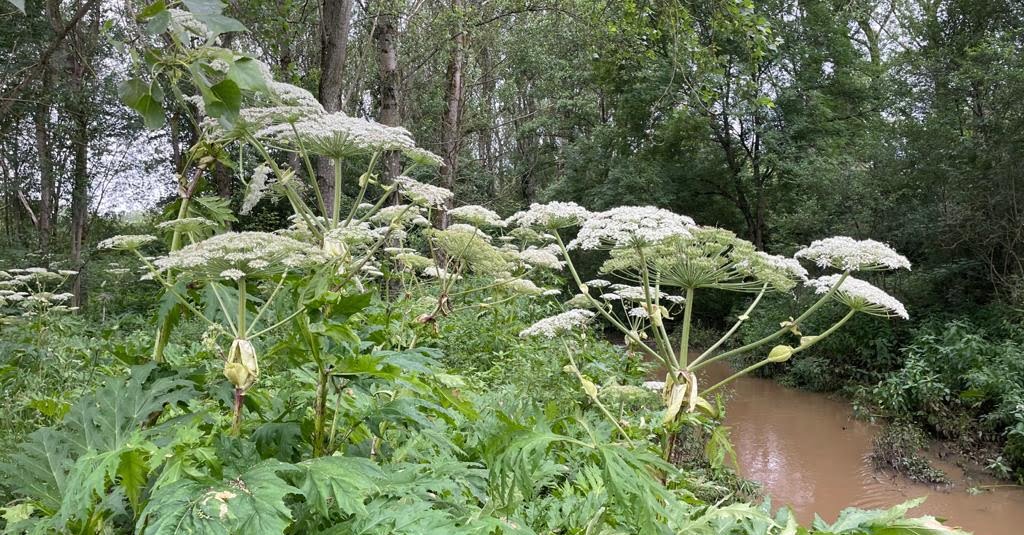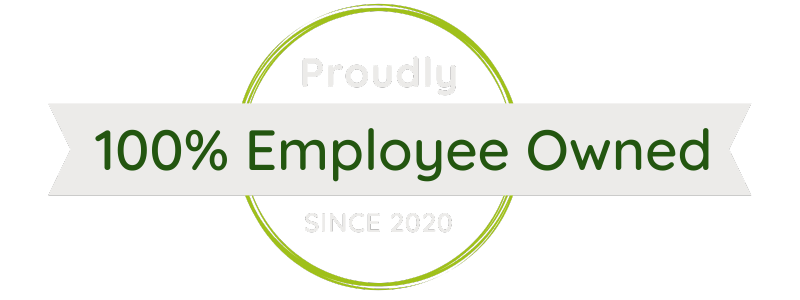Barely a week goes by at this time of year without a news article featuring a person, often a child, who has unfortunately been injured by the invasive non-native plant Giant Hogweed. Awareness of the risks posed by the plant among the general public tends to be low, so here are the facts you need to know.
What does Giant Hogweed look like?
It looks rather like overgrown cow parsley, with tall thick stems that can grow up to 5 metres in height and are covered in stiff, white hairs. Most easily recognisable components are the large umbrella-like flowerheads, known as umbels, which are covered with clusters of lacey white flowers. The leaves are large, rather like rhubarb, with jagged edges and a hairy underside.
Where does it grow?
Giant Hogweed is a non-native plant that hails from Central Asia. It was introduced to the UK as an ornamental plant in Victorian times and is now found across most of the UK in fields and hedgerows, verges and – most commonly – along riverbanks where its seeds are transported in the water to new locations, allowing it to quickly colonise and spread.
Why is it dangerous?
The sap contains furocoumarin, which makes skin extremely sensitive to sunlight. If it accidentally gets onto skin which is then exposed to the sun, it causes painful blistering which can recur over months and even years. If you see Giant Hogweed, avoid touching it. If you do accidentally brush against it and the sap touches your skin, keep the area covered from sunlight, wash it thoroughly as soon as possible and seek medical attention. It can affect your pets too, so be vigilant when walking dogs!
How can Giant Hogweed be treated?
Giant Hogweed is notoriously difficult to control. It requires herbicide treatment in the early growing season (April-May) and generally for a minimum of three years due to its seeds remaining viable in soil for this period. Each plant can disperse about 50,000 seeds! Herbicide treatment only affects germinated plants and not the seeds which are present within soil, which means continual treatment before seeding is required to achieve eradication. If a single year of treatment does not take place you may revert back to step one with new seeds germinating in following years.
What should I do if I spot Giant Hogweed?
It’s not a notifiable weed but if the plant is posing a risk to people and animals, for example it’s growing on a public footpath, you can inform your local authority who may treat it, although be prepared this could take some time. If it’s growing on private land, contact us for advice and a quote for treatment. Whatever you do, don’t be tempted to tackle it yourself – this really is one best left to the professionals.



